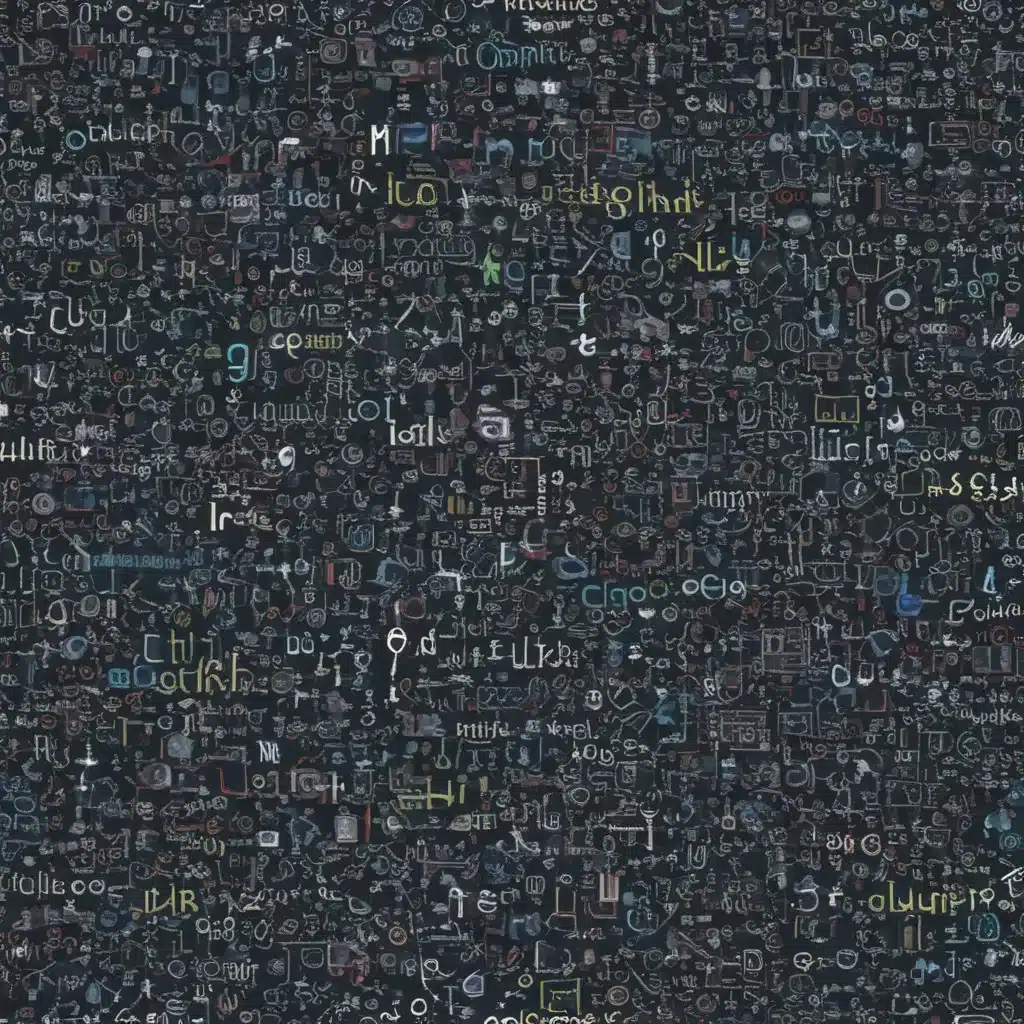
The Algorithm Overlords
We are living in a world that is increasingly being shaped and controlled by algorithms. These complex computer programs are quietly yet profoundly influencing nearly every aspect of our lives, from the movies we watch to the stocks we invest in, and even the very buildings we live and work in. As an avid computer repair enthusiast here at itFIX, I’ve had a front-row seat to witness this algorithmic takeover, and let me tell you, it’s both fascinating and a little bit terrifying.
It all started a few years ago when I stumbled upon a TED Talk by data science expert Kevin Slavin. In his talk, Slavin described how the world we live in is increasingly being “designed for algorithms” – these complex mathematical models that are quietly pulling the strings behind the scenes, shaping everything from financial markets to movie plots.
The Rise of the Machines
One of the most striking examples Slavin shared was the story of the Wall Street “Flash Crash” of 2010. In the span of just five minutes, a staggering 9% of the entire US stock market suddenly disappeared, wiped out by a series of algorithmic trading programs that had spiraled out of control. “Nobody ordered it, nobody asked for it, and nobody could control it,” Slavin explained. “The algorithms took over, and humanity was locked out.”
It’s a terrifying thought, isn’t it? These invisible, hyper-intelligent algorithms, created by legions of mathematicians and computer scientists, now wield more power over our financial systems than the humans who ostensibly run them. And it’s not just the stock market – algorithms are quietly shaping our world in countless other ways, from the movies Netflix recommends to us, to the way our cities are designed and optimized for efficiency.
The Algorithmic Architects
Take architecture, for example. As Slavin pointed out, even the buildings we live and work in are now being designed by algorithms. Those little robot vacuums that scoot around our floors? They’re guided by complex algorithms that have very specific ideas about what “clean” means. And the same goes for the way our cities and buildings are constructed – optimization algorithms are used to determine everything from the placement of windows to the flow of foot traffic.
It’s a strange and unsettling thought, isn’t it? We like to think of our built environment as a reflection of human creativity and ingenuity, but in reality, it’s increasingly being shaped by the cold, impartial logic of algorithms. And the scariest part is that we don’t always understand the implications of these algorithmic decisions. As Slavin warned, “We’re writing code that we can’t read, with implications that we can’t control.”
The Algorithmic Unknown
That’s the thing about algorithms – they’re complex, opaque, and often inscrutable, even to the experts who create them. There are companies like Nanex in Boston that are actually dedicated to the task of “rediscovering” algorithms, to try and understand the hidden logic that’s shaping our world. It’s a process of retrospection and reverse-engineering, a desperate attempt to regain control over the algorithms that have already taken on a life of their own.
And the implications of this algorithmic takeover are far-reaching and often unpredictable. As Slavin pointed out, algorithms are now being used to determine everything from movie scripts to military espionage tactics. They’re shaping the very fabric of our society, often in ways that we can’t fully comprehend.
Embracing the Algorwithm
So what are we to do in the face of this algorithmic onslaught? Should we fight against the machines, or embrace them? Well, as a computer repair technician, I have a somewhat unique perspective on this. I’ve seen firsthand how algorithms can be both a blessing and a curse, a tool that can be used to improve our lives, but also one that can quickly spiral out of control.
My advice? We need to learn to coexist with these algorithmic overlords, to understand them and work with them, rather than against them. We need to become “algorithm whisperers,” as Slavin put it, able to read the code, understand the implications, and shape the algorithms to serve our needs, rather than the other way around.
It’s a daunting task, to be sure, but it’s also a necessary one. Because the reality is, algorithms are here to stay. They’re shaping our world in ways we can scarcely imagine, and the only way to maintain control is to become fluent in their language. So let’s embrace the “algorwithm,” as I like to call it, and use it to our advantage. Who knows, maybe we can even teach those robot vacuums a thing or two about true cleanliness.












